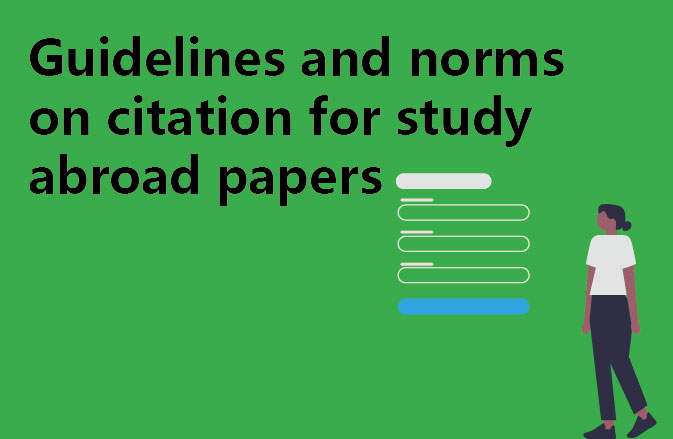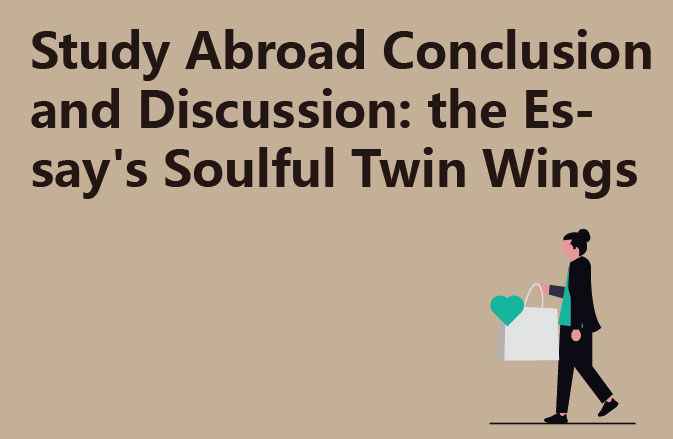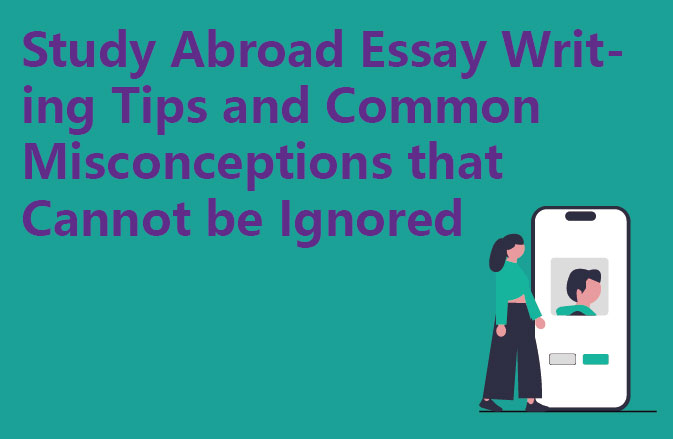1. Brief background
As we all know, dissertation is a crucial part of academic research, and citing literature correctly is especially crucial to enhance the quality of dissertation. However, many students are confused when faced with a variety of different academic norms and formatting requirements. In this case, we provide you with a comprehensive citation guide and formatting specifications designed to help solve this problem and make your dissertation more professional and accurate.
2. APA (American Psychological Association) Formatting
APA (full name American Psychological Association) format is one of the most commonly used academic writing formats and is usually widely used in the social sciences. Its citation format is (author’s name, year of publication). All references should be in alphabetical order by author’s name; citations without author’s name may be in alphabetical order by the first word of the journal or the first word of the treatise. Each paper should be accompanied by a “References” page.
3. MLA (Modern Language Association) Format
The MLA (Modern Language Association) format is primarily used in the humanities (e.g., history) and is cited as (author’s name, page number). All references should be listed in alphabetical order by author’s name. All papers are required to include a “References” appendix.
4. Harvard style
Harvard style is mainly used for papers in the natural and social sciences, and the citation format is (author’s name, year of publication). When citing a chapter or part of a book, the format is as follows: author’s name, initials. Year, book title (in italics). Edition number, place of publication: publisher, page number.
5. Chicago Style
Chicago Style has been adopted primarily in the humanities and natural sciences, where the choice of formatting for citations and footnotes depends on specific needs. The typical use of footnotes is to list them at the bottom of the cited document page, below the fifth line from the end of the text. Maintain twice the line spacing between each note. Endnotes are usually generated after the main text, every other page. All notes are ordered in the order in which they appear in the article and are double-spaced throughout. Contents include: author’s name (first name first, last name last), book title/article title, publication information (listed separately for books and articles; for books: place of publication, publisher, date of publication; for articles: journal title, volume/issue number, year of publication, page number).
Please note that the exact method of citation and footnoting may vary depending on the school, discipline, assignment requirements, and other factors. This guide is for reference only and it is recommended that you consult the rules of your relevant faculty or discipline and follow the requirements to write your paper. This is the only way to ensure that your paper conforms to the standard format, thus making your academic career smoother.




